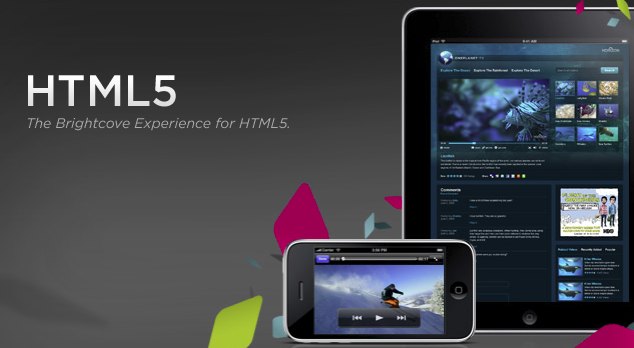Is Apple’s reluctance to include flash on iPhone or iPad actually a veiled play to change the entire face of code and web standards on the internet, and beyond? Or are they just hoping to sell more apps? I think that Apple’s strategy here goes both ways – and hopefully, both outcomes will change both Apple and the internet in general for the better.
A Flash-less iPad helps sell applications. One of the reasons flash is such a great technology, and so hotly desired on the iPad and iPhone is for its rich media and interactivity potential. Flash allows developers to make websites function almost exactly like a native iApp would, but have it hosted off site on a third party website, rather than directly on the device. Enabling this channel for app delivery would be great for the developers and brands looking to rapidly launch interactive, media rich apps.
By allowing these flash apps to proliferate, Apple would be removing the incentive to work with them and publish apps through their App store, thereby limiting the potential for apple to turn a profit. Wired recently announced that they would be releasing an iPad Wired Magazine app that allows readers to leaf through the pages of the magazine, much like they’re reading an actual paper copy.
A flash-less iPad pushes forward HTML5. By restricting the usage of flash on the iPad and iPhone, Apple is forcing developers to either develop iApps through the App Store, OR, and more importantly, embrace alternative interactive web technologies to accomplish what they would have been able to with flash or a native app.
Although on the surface this may seem like a more complicated, less ideal solution for web-hosted-app development, it’s actually a blessing in disguise. HTML5 is a highly accessible web standard, which can be scaled gracefully across multiple devices, and has been designed with the future in mind. I think that a future of web apps built on HTML5, and surrounding technologies, instead of solely on Flash, will ultimately be more viable, and will allow mobile devices, the interactive web, and internet technology in general to scale quickly and easily into the future.
Immediate effects of Apples Flash-free, HTML5 vision of the future is evident in BrightCove’s recent HTML5 announcement that their video platform will still be HTML5 compatible, and will be able to play video on the iPhone and iPad. This is a great win for Apple, HTML5, and for Brightcove for embracing the new standard so readily.
Sites such as Vimeo and YouTube have already started experimenting with HTML5 video players, and heavy hitters like Google are experimenting with HTML5 web apps – namely Google Voice.
I don’t think HTML5 will kill flash completely, but adoption of the new standard, alongside flash, will open up many possibilities for the future.
More:


Comments
One response to “Apple’s iPad and HTML5 Power Play”
Spot-on correct about that first point…Flash iPad/iPhone will hurt gaming apps on the iTMS.